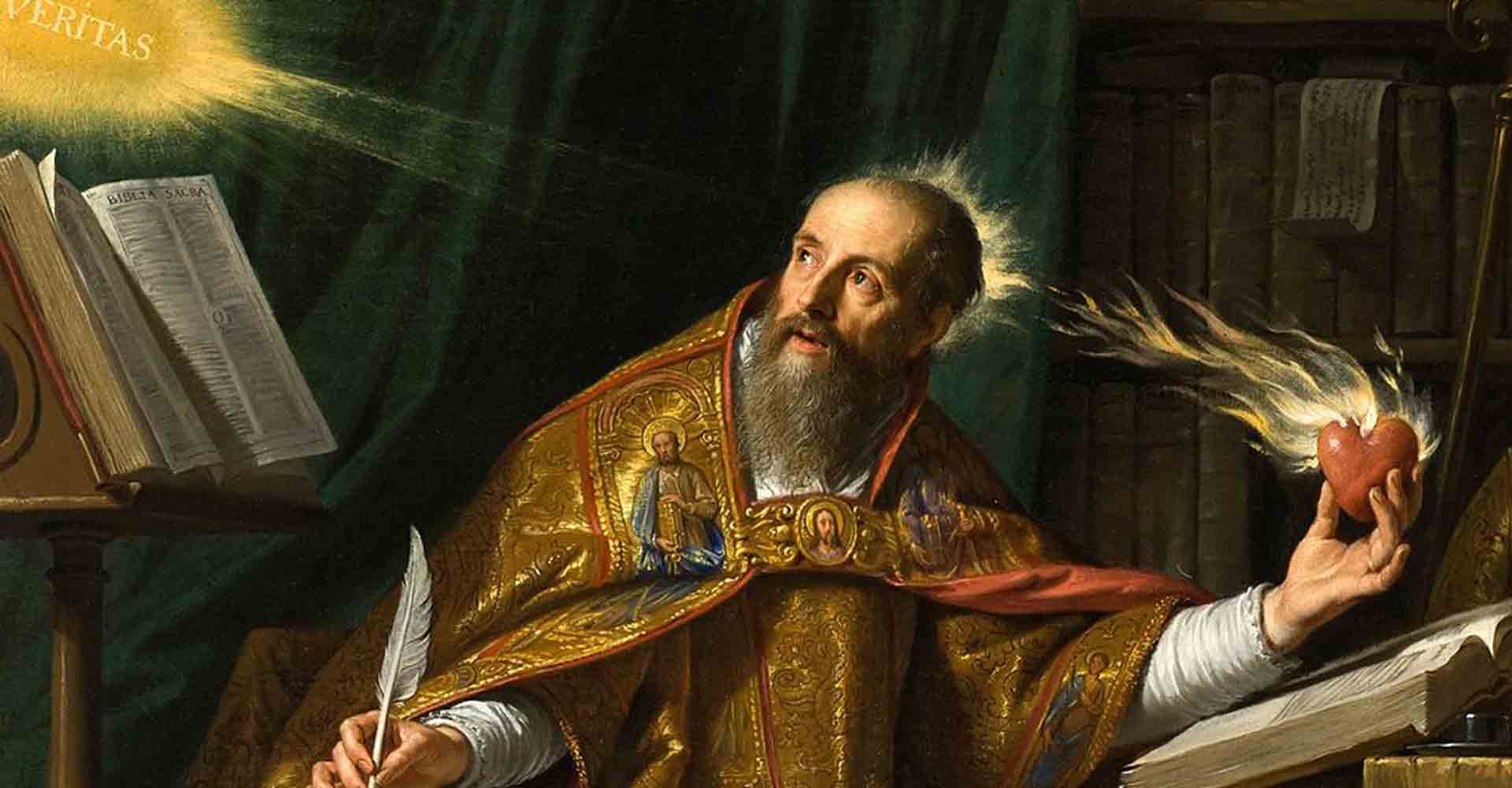Pedagogy
Classical Pedagogy: The Art of Teaching
Catholic classical teaching has its roots in the educational models of the ancient Hebrews and ancient Greeks. Both understood that all education forms the student by what is taught (Content and Skills of the Trivium and Quadrivium) and how it is taught (Pedagogy). This Pedagogy flows directly from our understanding of the nature of the human person who is being taught and the nature of the knowledge and skills that are being taught.
We provide training in:
-
When presenting any new skill, concept, or idea in a classroom, Catholic classical teachers have a keen eye toward how children learn, how to structure a lesson, and how to integrate content and skills. They situate the day's new material in such a way that students recognize how it connects with previous lessons and how it relates to the subject as a whole, they present types and models for students to imitate, and they help students develop the habit of looking for patterns and connections. They ask students to demonstrate their understanding through math problems, recitations, narrations, written work, etc., with the aim of giving students immediate feedback, and student mistakes become treasures that give insight into any misunderstandings and the need for more coaching.
-
Another feature of Catholic classical teaching is the reliance on story. Narratives not only engage the students’ imaginations but incline them to imitate the virtues and noble deeds they find within, thus helping to awaken their hearts and form their moral imaginations. This structure includes preparing the students to receive the story and discussing new vocabulary, reading it aloud with proper elocution and feeling – being a storyteller! – and leading students to get to the heart of the story by considering the main characters and the decisions they face. When teaching through story, the Catholic classical teacher does not habituate students to over-analyze literature but guides them to seek for pearls of wisdom.
-
Ancient Hebraic children learned to read by looking at Scripture. Ancient Greek students practiced their trivium skills on Homer’s epics. The Saint Patrick Curriculum has students practice their language arts and other skills on Salvation History content. These include vocabulary study and writing (see Teaching through Story, above), as well as mapwork, copywork, poetry memorization and recitation, and art, music, and architecture observation and discussion.
The same is true when teaching any content that is rich. Whether it be history, religion, art, science, etc., the master teacher looks for occasions to integrate the learning and practicing of skills.
Please join our community for full access to our curriculum, resources, and forums for conversation and collaboration.
